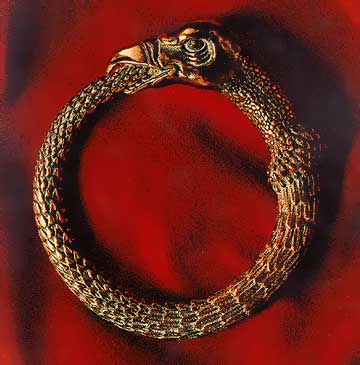

2331 St. Claude Ave and Spain, New Orleans, LA 70117 • 504- 710-4506 • Tues-Sat 11am-5pm • Directions
• HOME
• UPCOMING
• PAST EXHIBITIONS
• FEATURED ARTISTS
• HISTORY OF BARRISTER'S
• ST. CLAUDE COLLECTIVE :
AN EXHIBIT FOR PROSPECT.1
• THINGS OF INTEREST
• HERBERT SINGLETON
• ROY FERDINAND
• AFRICAN
• HAITIAN
• THE METAL ART OF HAITI
(catalog essay)
• ANTIQUITY UNVEILED
2331 St. Claude Ave & Spain
New Orleans, LA 70117 504-525-2767 / 710-4506
Tues-Sat 11am-5pm
Directions
Contact
• UPCOMING
• PAST EXHIBITIONS
• FEATURED ARTISTS
• HISTORY OF BARRISTER'S
• ST. CLAUDE COLLECTIVE :
AN EXHIBIT FOR PROSPECT.1
• THINGS OF INTEREST
• HERBERT SINGLETON
• ROY FERDINAND
• AFRICAN
• HAITIAN
• THE METAL ART OF HAITI
(catalog essay)
• ANTIQUITY UNVEILED
2331 St. Claude Ave & Spain
New Orleans, LA 70117 504-525-2767 / 710-4506
Tues-Sat 11am-5pm
Directions
Contact
|
|